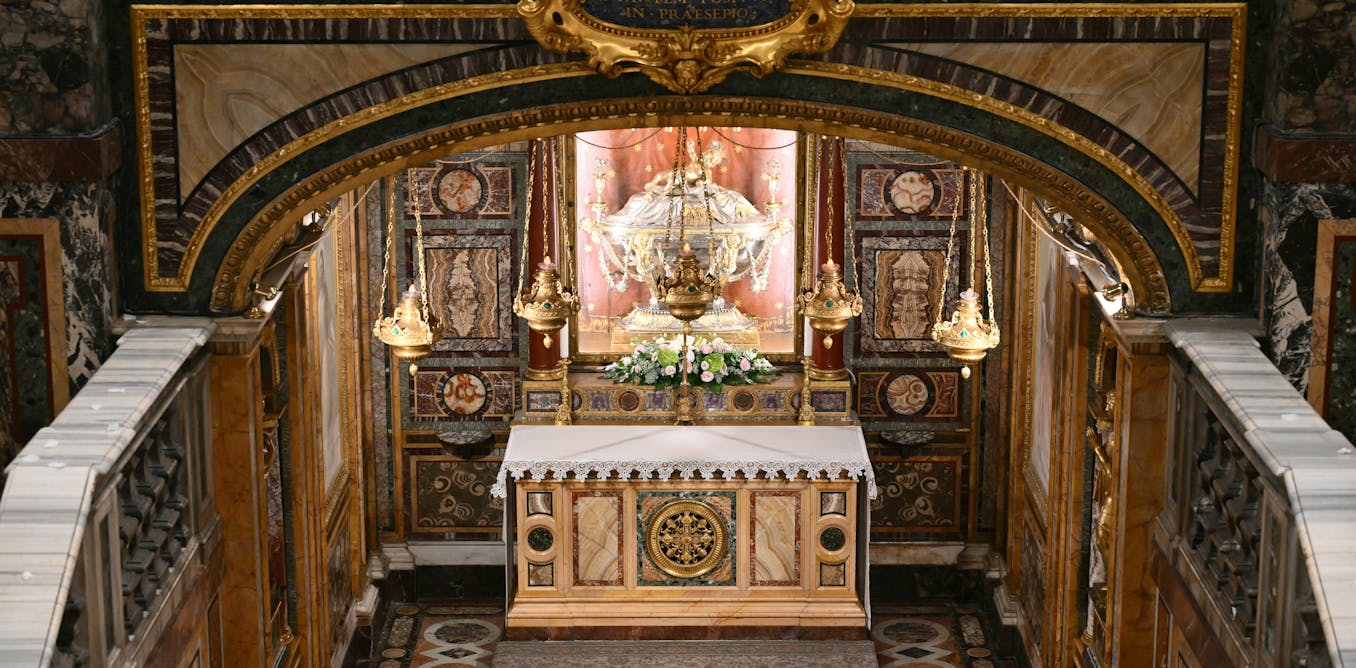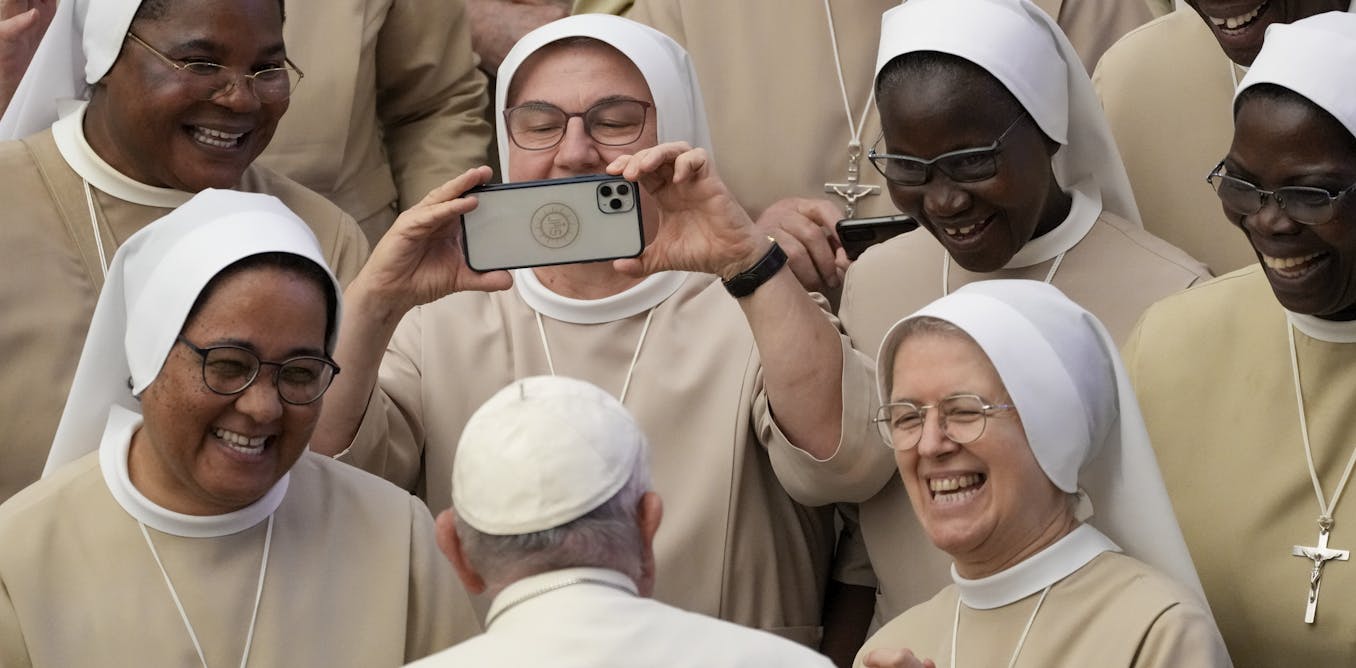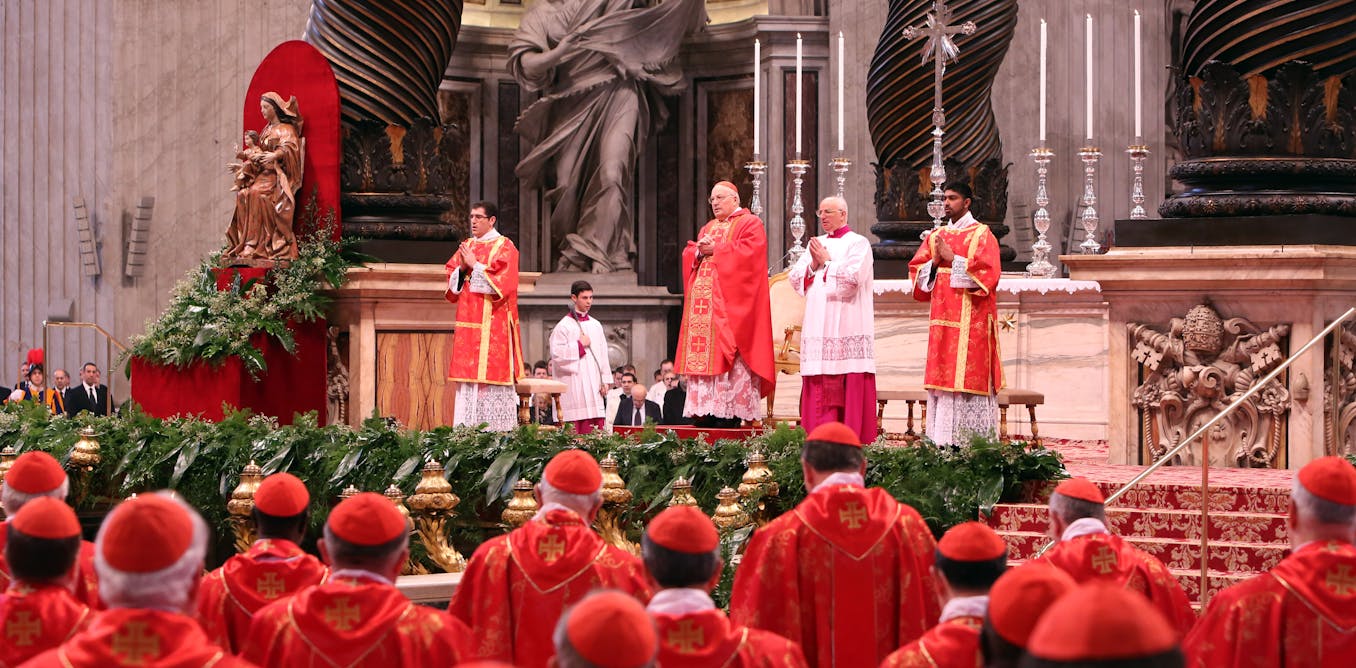Now Reading: What will happen at the funeral of Pope Francis
-
01
What will happen at the funeral of Pope Francis
What will happen at the funeral of Pope Francis

The 88-year-old pope was well aware of his declining health and old age. As far back as 2015, Pope Francis had expressed his wish to be buried in the Basilica of Santa Maria Maggiore, a fifth-century church in Rome dedicated to the Blessed Virgin Mary. He had a deep devotion to Mary and her basilica, often visiting it for prayer and reflection after returning from his numerous international trips.
It has been centuries since a pope was buried in Santa Maria Maggiore, with the last being Pope Clement IX in the 17th century. Over time, papal funerals have evolved from elaborate ceremonies to more simplified rites as directed by Pope Francis. The funeral process involves several steps, starting with the preparation of the body in the pope’s private chapel.
Following the pope’s death, traditional rituals such as defacing the pope’s ring and sealing off his apartments are carried out. The deceased pope is then dressed in simple attire and placed in a wooden coffin for public viewing at St. Peter’s Basilica. The funeral Mass is held, reflecting on the pope’s life and spirituality, and the pope is finally buried in his chosen final resting place at Santa Maria Maggiore.
Throughout history, popes have been buried in various locations, but Pope Francis’s decision to be buried in Santa Maria Maggiore breaks the tradition of burial at St. Peter’s Basilica. After a life dedicated to serving the Catholic community worldwide, it is fitting that Francis would choose to be laid to rest in the church he held dear, marking the end of his earthly journey.






